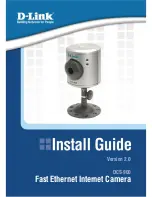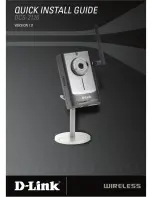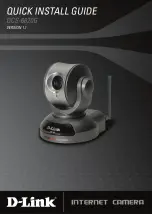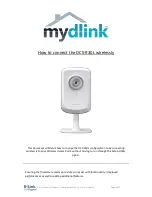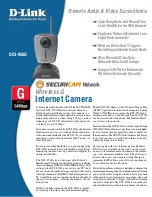
DMTA-10045-01EN, Rev. E, August 2016
Applications
165
Figure 6
‑
59 The frequency spectrum view (right side of screen)
6.
After you have identified the lower and upper limits, press the MAIN menu key
(
), and then enter these limits as the
START FREQ
and
STOP FREQ
values.
Second-Pass Analysis
To focus on the defects (second probe pass)
After you have determined the lower and upper limits of the valuable spectrum,
repeat steps 1–6, but this time focus on the various defects.
a)
Scan slowly, using a circular motion.
b)
Take notes for every defect, material, frequency evaluated, etc.
c)
Try to find common frequencies that enable you to detect the various defects
under various conditions. A “universal” frequency is always better, because it
will simplify the test.
d)
The ultimate goal of finding the best test frequencies is to enable you to write
your own (very simple) procedure using the PC
RF
or
IMPULSE
method.
e)
The frequency tracking feature actually records the live dot position in a
similar way to the pitch-catch RF/IMPULSE mode.
NOTE
Summary of Contents for BondMaster 600
Page 8: ...DMTA 10045 01EN Rev E August 2016 Table of Contents viii ...
Page 10: ...DMTA 10045 01EN Rev E August 2016 List of Abbreviations x ...
Page 26: ...DMTA 10045 01EN Rev E August 2016 Important Information Please Read Before Use 16 ...
Page 28: ...DMTA 10045 01EN Rev E August 2016 Introduction 18 ...
Page 32: ...DMTA 10045 01EN Rev E August 2016 Chapter 1 22 ...
Page 72: ...DMTA 10045 01EN Rev E August 2016 Chapter 3 62 ...
Page 78: ...DMTA 10045 01EN Rev E August 2016 Chapter 4 68 Figure 4 2 Crosshairs and the NULL point ...
Page 130: ...DMTA 10045 01EN Rev E August 2016 Chapter 5 120 ...
Page 216: ...DMTA 10045 01EN Rev E August 2016 Chapter 7 206 ...
Page 230: ...DMTA 10045 01EN Rev E August 2016 Appendix A 220 ...
Page 234: ...DMTA 10045 01EN Rev E August 2016 Appendix B 224 ...
Page 240: ...DMTA 10045 01EN Rev E August 2016 List of Figures 230 ...
Page 242: ...DMTA 10045 01EN Rev E August 2016 List of Tables 232 ...
































